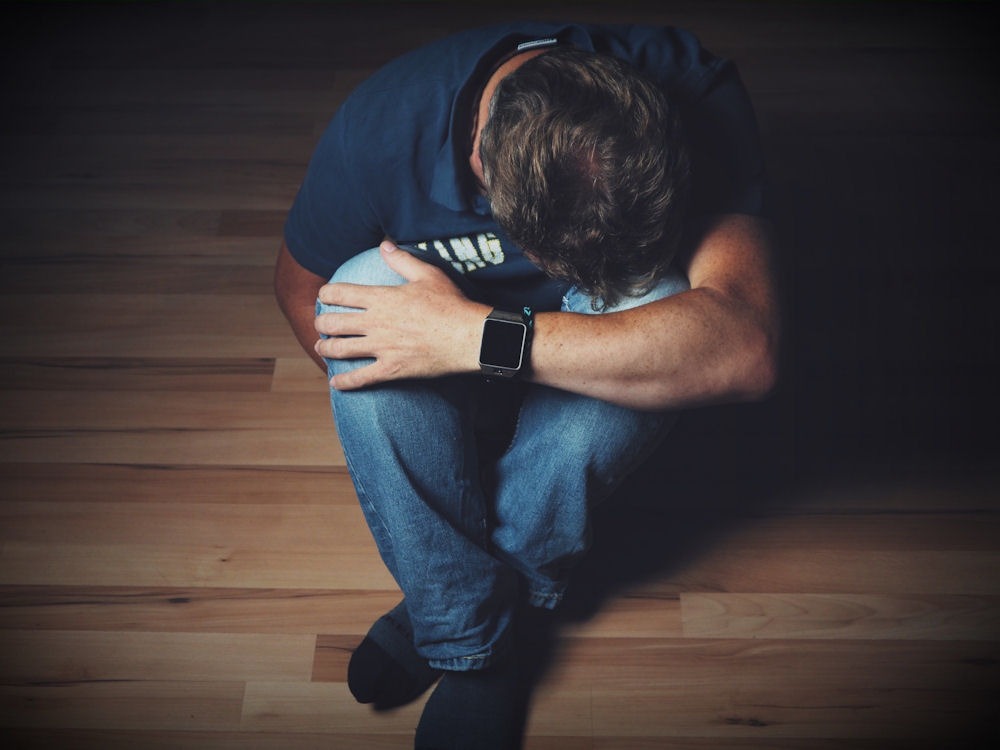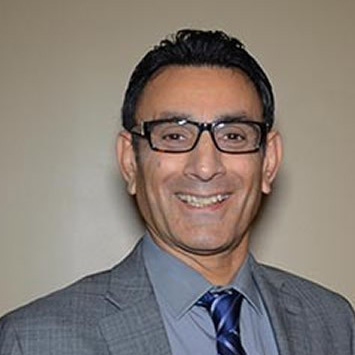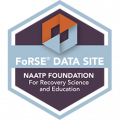The slang term “feening” refers to an intense craving or desire for something, often associated with drug use. It describes the desperate urge to use a substance again. This feeling can be overwhelming and hard to control. Many people who are feening for drugs experience anxiety, restlessness, or even physical pain. These cravings happen because drugs change how the brain works. The more a person uses, the stronger the urge becomes.
At First City Recovery Center, we understand how difficult this can be. We provide support, therapy, and medical care to help clients overcome these cravings and regain control of their lives.
The Origins of “Feening” in Drug Culture
The term “feening” comes from the word “fiend,” which means someone with an intense, uncontrollable desire. In drug culture, a fiend is someone who desperately seeks drugs to satisfy their cravings. The word became popular in the 1980s and 1990s, often used in music and street slang. It describes the desperation that addiction causes, where getting drugs becomes the main focus. Over time, “feening” has become a widely recognized way to describe the struggle of addiction.
What Causes Someone to Feen for Drugs?
Feening for drugs happens when the brain and body become dependent on a substance. Drugs change brain chemistry, making a person crave more to feel normal. Over time, the body adapts and needs higher doses to get the same effect. Stress, trauma, and mental health issues can also make cravings worse. When a person stops using, withdrawal symptoms like pain, nausea, and anxiety can trigger strong urges to use again.
The Science Behind Drug Cravings and Addiction
Addiction changes how the brain works. Drugs flood the brain with dopamine, a chemical that makes people feel pleasure. Over time, the brain stops making enough dopamine on its own. This makes a person feel down or empty without drugs. The brain also forms strong connections between drug use and certain people, places, or emotions. These triggers can make cravings even stronger.
Breaking free from addiction takes time, support, and medical care. With the right treatment, the brain can heal, and cravings can become less powerful.
Common Signs of Feening for Drugs
When someone is feening for drugs, they feel a strong, uncontrollable urge to use. These cravings can affect both the mind and body. Recognizing the signs early can help someone get the right support and treatment.
- Intense Cravings: A person may constantly think about using drugs and feel restless when they can’t get them.
- Mood Swings: They may become irritable, anxious, or depressed, especially when they cannot access the drug.
- Physical Discomfort: Symptoms like sweating, shaking, nausea, or headaches can occur when the drug is not available.
- Loss of Control: They may try to quit or cut back but find themselves using again despite their efforts.
- Risky Behavior: Some people take dangerous actions, like stealing or lying, to get drugs.
- Neglecting Responsibilities: Work, school, and family obligations may be ignored as drug use becomes the main focus.
- Social Withdrawal: They might avoid loved ones or spend more time with others who use drugs.
- Increased Tolerance: Over time, they need more of the drug to feel the same effects.
If you notice these signs in yourself or someone else, seeking help can make a difference. Recovery is possible with the right support.
Physical vs. Psychological Drug Cravings

When someone is feening for drugs, they may experience both physical and psychological cravings. Physical cravings happen when the body becomes dependent on a drug to function. Symptoms include sweating, shaking, nausea, headaches, and body pain when the drug is not available. These symptoms can make quitting feel unbearable and lead to continued use. Physical cravings often happen with substances like opioids, alcohol, and benzodiazepines.
Psychological cravings come from the brain’s strong desire for a drug’s effects. These cravings cause anxiety, irritability, mood swings, and obsessive thoughts about using. Some people feel like they can’t be happy or function without the drug. Even after physical withdrawal is over, psychological cravings can last for weeks or months. Many drugs, like stimulants and marijuana, trigger strong mental cravings.
Both types of cravings make quitting difficult. Some people experience only one type, while others struggle with both. Understanding the difference can help people find the right treatment and support.
How Feening Varies by Substance?
Not all drugs cause cravings in the same way. The type of substance affects how a person experiences feening for drugs. Some drugs cause severe physical withdrawal, while others trigger intense mental cravings.
Opioids cause strong physical and psychological dependence. When someone stops using, they may feel severe muscle pain, vomiting, chills, and sweating. These withdrawal symptoms can make quitting extremely difficult without medical support. Many people also feel extreme anxiety, depression, and cravings for relief. The brain learns to depend on opioids for comfort, making psychological cravings last long after withdrawal.
Stimulants cause intense psychological cravings but usually don’t create severe physical withdrawal. Many people feel exhausted, depressed, and unable to focus after stopping use. The brain craves the energy, euphoria, and confidence that stimulants provide. Some people experience mood swings, paranoia, and extreme irritability when they can’t use. These cravings can be overwhelming and make relapse more likely.
Alcohol cravings can be both physical and psychological. Withdrawal can cause shaking, sweating, nausea, and, in severe cases, seizures. Some people feel restless, anxious, and unable to sleep without alcohol. Many people drink to cope with stress or emotions, making mental cravings strong. Even after physical symptoms fade, triggers like social settings can cause intense urges to drink.
These drugs create a dangerous physical dependence. Withdrawal can lead to panic attacks, extreme anxiety, seizures, and even life-threatening symptoms. Many people take benzodiazepines to manage stress or sleep problems. When they stop using, they may feel emotionally unstable or overwhelmed. The fear of withdrawal can make quitting feel impossible without professional help.
Nicotine cravings are mostly psychological but can also have physical effects. People often feel irritable, anxious, and restless when they stop smoking or vaping. Some experience headaches, trouble concentrating, or increased appetite. Many people use nicotine as a way to relax or manage stress. This habit makes it difficult to break free from the mental cravings.
While not as physically addictive, marijuana can still cause marijuana addiction through strong mental cravings. Many people feel anxious, irritable, or struggle to sleep when they stop using. Some rely on marijuana to relax, cope with stress, or escape reality. When they quit, they may feel restless or emotionally unbalanced. Even though withdrawal symptoms are mild, the psychological cravings can last for a long time.
Each drug affects the body and mind differently. Understanding how cravings work can help people find the right treatment and support
The Role of Withdrawal Symptoms in Drug Cravings
When someone stops using a drug, their body and mind react with withdrawal symptoms. These symptoms make feening for drugs even stronger. The discomfort can push people to use again just to feel normal.
- Physical Pain: Many drugs cause body aches, nausea, sweating, and shaking during withdrawal. The pain makes people crave the drug for relief.
- Anxiety and Depression: Without the drug, some people feel extreme sadness, worry, or panic. They may crave the drug to escape these feelings.
- Insomnia and Fatigue: Many struggle to sleep or feel drained without the drug. They may crave it for energy or relaxation.
- Irritability and Mood Swings: Sudden mood changes can make people feel unstable. The drug feels like the only way to calm down.
- Strong Drug Cravings: The brain remembers the pleasure from the drug and wants it back. These cravings can last for weeks or months.
Withdrawal symptoms can make quitting hard, but they don’t last forever. The right support can make recovery achievable.
How Feening Impacts Behavior and Decision-Making
Feening for drugs can change the way a person thinks and acts. The strong urge to use can make people act impulsively. They may take risks they normally wouldn’t just to get the drug.
People struggling with cravings may put drugs above work, family, and responsibilities. They might lie, steal, or break promises to get what they need. Logical thinking becomes difficult because the brain is focused on relief.
Some people isolate themselves from loved ones or avoid social situations. They may act out in frustration or become withdrawn. Feening for drugs can also lead to dangerous choices, like using unsafe substances or sharing needles.
The longer cravings last, the harder it is to make healthy choices. But with help and treatment, people can regain control and heal.
Dangers of Acting on Drug Cravings
When someone is feening for drugs, they may make risky choices to satisfy their cravings. Acting on these urges can lead to serious consequences. Understanding the dangers can help people seek support before harm occurs.
- Overdose: Using too much of a drug can slow breathing, stop the heart, or cause death. Cravings often lead to higher doses.
- Health Problems: Drug use can cause liver damage, heart disease, infections, and mental health issues. The longer someone uses, the worse the effects.
- Risky Behavior: People may steal, lie, or engage in unsafe sex to get drugs. These actions can lead to legal trouble or harm.
- Strained Relationships: Cravings can make people push loved ones away. Broken trust, arguments, and isolation are common when addiction takes over.
- Job and Financial Struggles: Drug use can cause missed work, poor performance, or job loss. Money problems may worsen due to spending on drugs.
- Legal Consequences: Buying, using, or possessing drugs can lead to arrest, fines, or jail time. Legal trouble can make recovery harder.
Acting on cravings can lead to serious harm, but recovery is possible. With the right help, people can break free and heal.
Coping Strategies for Managing Drug Cravings
Cravings can feel overwhelming, but there are ways to manage them without using drugs. Healthy coping strategies can help reduce the urge to use. Learning these skills makes recovery easier and helps prevent relapse.
- Distraction Techniques: Engage in activities like exercise, reading, or hobbies to shift focus away from cravings. Keeping busy can weaken urges.
- Mindfulness and Deep Breathing: Relaxation exercises help calm the mind and body. Deep breathing and meditation reduce stress and make cravings less intense.
- Healthy Routines: Eating well, sleeping enough, and staying active improve mood and energy. A balanced lifestyle makes it easier to resist cravings.
- Avoiding Triggers: Stay away from people, places, and situations linked to drug use. Changing routines can reduce temptation.
- Talking to Someone: Sharing feelings with a trusted friend, family member, or support group provides encouragement. Talking can make cravings feel less powerful.
- Professional Support: Therapists, counselors, and treatment centers offer guidance and coping tools. Professional help can make cravings easier to manage.
Cravings are temporary, and they pass with time. Using healthy coping methods can make recovery more successful.
Overcoming addiction is challenging, but professional treatment can make it easier. Experts provide guidance, medical care, and emotional support during recovery. Treatment helps people regain control and build a healthier life.
Many options exist, depending on individual needs. Detox programs help people safely manage withdrawal symptoms. Inpatient rehab offers structured care in a supportive environment. Outpatient treatment provides flexibility while offering therapy and support.
Addiction is a disease, not a weakness. Seeking professional help is a brave step toward healing and long-term recovery.
Certain therapies and medications can help control cravings and make recovery easier. These treatments address both physical and psychological aspects of addiction. Combining therapy with medication increases the chances of success.
Cognitive Behavioral Therapy (CBT) helps people change negative thought patterns and develop healthier coping strategies. Motivational Interviewing (MI) encourages self-motivation to quit. Group therapy helps people connect with others who share similar struggles and experiences.
Medications can reduce withdrawal symptoms and cravings. Drugs like methadone and buprenorphine help with opioid addiction. Naltrexone and acamprosate support alcohol recovery. These treatments make it easier to stay sober.
Each person’s recovery journey is different. A doctor or counselor can help find the best treatment plan.
Having a reliable support system is essential for overcoming addiction. Having people who care makes the recovery process easier. Support can come from friends, family, professionals, or recovery groups.
Support groups like Narcotics Anonymous (NA) and Alcoholics Anonymous (AA) provide encouragement and accountability.Sharing your thoughts with those who truly understand can help ease loneliness. Therapy and counseling offer professional guidance for emotional struggles.
Family and friends play an important role. Their love and encouragement can help someone stay motivated. Setting healthy boundaries and offering support without judgment makes a big difference.
Recovery is not a journey that must be done alone. Having support increases the chances of long-term success.
Long-Term Recovery: Preventing Relapse and Managing Cravings
Recovery is a lifelong journey, and managing cravings is an important part of staying sober. When someone is feening for drugs, it can feel overwhelming, but with the right support, long-term recovery is possible. At First City Recovery Center, we provide the tools and guidance needed to prevent relapse and build a healthier future.
Our treatment programs offer personalized care to help clients understand their triggers and develop strong coping strategies. Through therapy, support groups, and medical assistance, we help individuals manage cravings and regain control. We also provide aftercare planning, so clients have continued support even after leaving treatment.
No one should face addiction alone. If you or a loved one is feening for drugs, we are here to help. Reach out to First City Recovery Center today and take the first step toward lasting recovery.
















